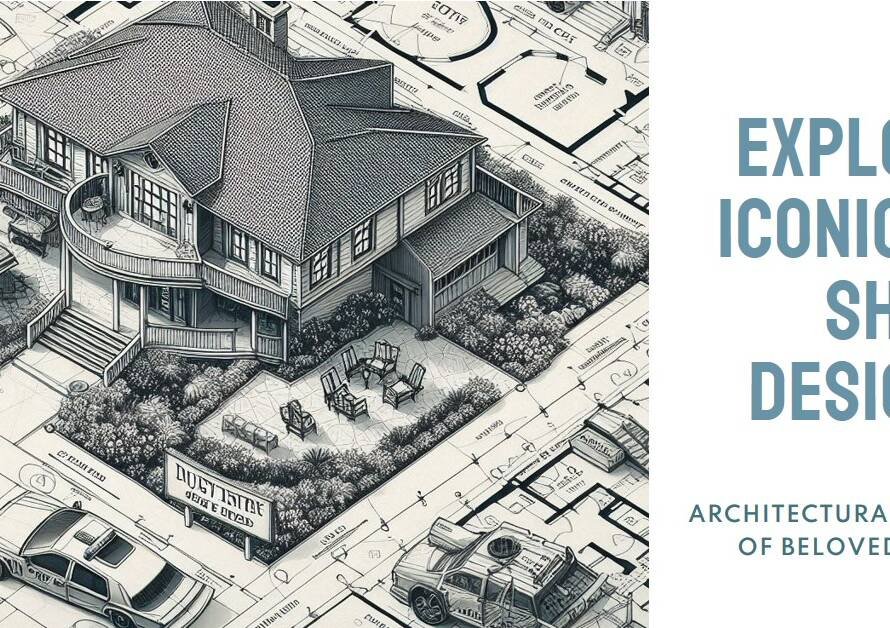
Table of Contents
In recent years, Qatar has emerged as a hub for architectural innovation and development, fueled by a growing demand for sophisticated visualization solutions across various sectors. This blog post delves into the reasons behind Qatar’s booming architectural visualization market, exploring key factors that contribute to its sustained growth and prominence in the global architectural landscape.
1. Visionary Infrastructure Projects
Architectural Visualization – One of the primary drivers behind Qatar’s architectural visualization boom is its ambitious infrastructure projects. Initiatives such as the Qatar National Vision 2030 and major events like the FIFA World Cup 2022 have spurred investments in iconic architectural landmarks, modern urban developments, and state-of-the-art facilities. Visualization plays a pivotal role in conceptualizing, presenting, and gaining approvals for these mega projects, showcasing designs to stakeholders, investors, and the public with unparalleled clarity and realism.
2. Technological Advancements (Architectural Visualization)
The rapid advancement of technology, particularly in the field of architectural visualization, has revolutionized the way projects are designed, communicated, and executed in Qatar. Cutting-edge software tools, real-time rendering capabilities, virtual reality (VR), and augmented reality (AR) solutions empower architects, designers, and developers to create immersive visual experiences, simulate design scenarios, and engage stakeholders in interactive design reviews. The adoption of these technologies enhances workflow efficiency, reduces iteration cycles, and elevates the overall quality of architectural visualizations in Qatar’s burgeoning market.
3. Global Design Collaborations
Qatar’s thriving architectural scene is characterized by collaborations between local talent and renowned international design firms. This fusion of diverse design perspectives, cultural influences, and innovative approaches contributes to the creation of iconic structures, urban landscapes, and sustainable environments that define Qatar’s modern architectural identity. Collaborative projects leverage the expertise of global design teams, combined with local insights and requirements, resulting in groundbreaking architectural visualization projects that resonate on a global scale.
4. Sustainable Design Imperatives
As sustainability takes center stage in global architectural practices, Qatar prioritizes sustainable design principles in its built environment projects. Architectural visualization plays a crucial role in showcasing sustainable features such as green building technologies, energy-efficient designs, renewable energy integration, and ecological considerations. Visualizations communicate the environmental benefits, cost savings, and long-term value propositions of sustainable designs, aligning with Qatar’s commitment to sustainable development and responsible urban planning.
5. Urban Planning and Smart Cities Initiatives
Qatar’s focus on smart cities, urban resilience, and digital transformation drives demand for advanced visualization solutions that depict futuristic urban landscapes, smart infrastructure systems, and interconnected communities. Architectural visualizations for smart cities encompass IoT integration, data-driven decision-making, mobility solutions, and smart infrastructure design, illustrating Qatar’s vision for intelligent, sustainable urban environments that enhance quality of life and economic competitiveness.
6. Cultural Preservation and Innovation
Qatar’s rich cultural heritage and commitment to preserving its heritage sites while fostering innovation create a unique landscape for architectural visualization projects. Visualizations for heritage conservation, museum designs, cultural centers, and adaptive reuse projects blend traditional architectural elements with contemporary design aesthetics, celebrating Qatar’s history, art, and cultural narratives. Balancing preservation with innovation showcases Qatar’s cultural identity while embracing modernity and architectural progress.
7. Tourism and Hospitality Developments
The tourism and hospitality sector in Qatar experiences significant growth, driving demand for visually compelling architectural designs for hotels, resorts, entertainment complexes, and iconic landmarks. Architectural visualization plays a pivotal role in marketing and promoting tourism destinations, showcasing luxurious amenities, immersive guest experiences, and breathtaking architectural features that attract global visitors and investors alike. Visualization aids in creating aspirational visions of hospitality projects, contributing to Qatar’s position as a premier tourist destination in the region.
8. Investment and Economic Resilience
Qatar’s robust economy, strategic investments, and diversification efforts across sectors fuel continuous growth in the architectural visualization market. Investments in real estate, infrastructure, healthcare, education, and cultural institutions necessitate sophisticated visualizations for project proposals, investor presentations, and marketing campaigns. The resilience of Qatar’s economy, coupled with strategic initiatives such as free zones, innovation hubs, and business-friendly policies, fosters a conducive environment for architectural innovation and market expansion.
9. Talent Development and Education
Qatar’s focus on talent development, education, and capacity building in architecture and design disciplines nurtures a skilled workforce capable of producing world-class architectural visualizations. Collaborations between academia, industry stakeholders, and international design institutions contribute to knowledge exchange, skill enhancement, and innovation in architectural visualization techniques, technologies, and best practices. A well-trained workforce fuels Qatar’s reputation as a center of excellence in architectural visualization and design innovation.
10. Global Recognition and Prestige


The successful completion of landmark architectural projects, international design awards, and global recognition solidifies Qatar’s position as a leading hub for architectural excellence and visualization prowess. Architectural firms, visualization studios, and design professionals in Qatar gain global recognition for their innovative contributions to the built environment, attracting international partnerships, projects, and investment opportunities. Qatar’s reputation for iconic architecture and visionary urban planning projects continues to grow, driving sustained demand for cutting-edge architectural visualization solutions in the region and beyond.
Conclusion: A Visionary Future for Architectural Visualization in Qatar
As Qatar continues to chart a visionary course in architectural innovation, sustainable development, and urban transformation, the architectural visualization market remains vibrant and dynamic, driven by visionary projects, technological advancements, global collaborations, and a commitment to excellence. The convergence of design creativity, technological prowess, and market opportunities positions Qatar as a global leader in architectural visualization, shaping a future where imagination meets reality in iconic architectural landscapes that inspire, innovate, and define Qatar’s evolving architectural legacy.


